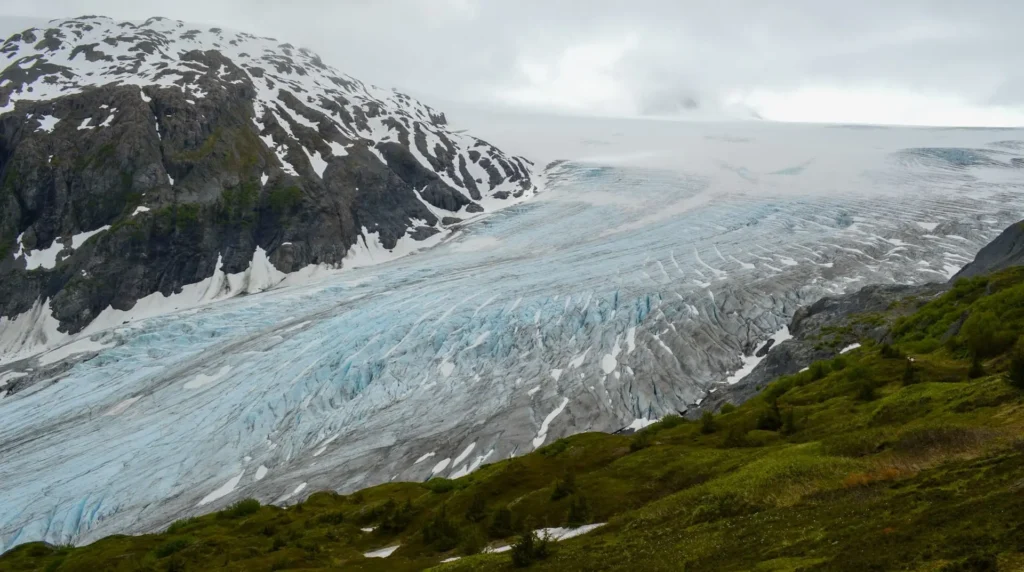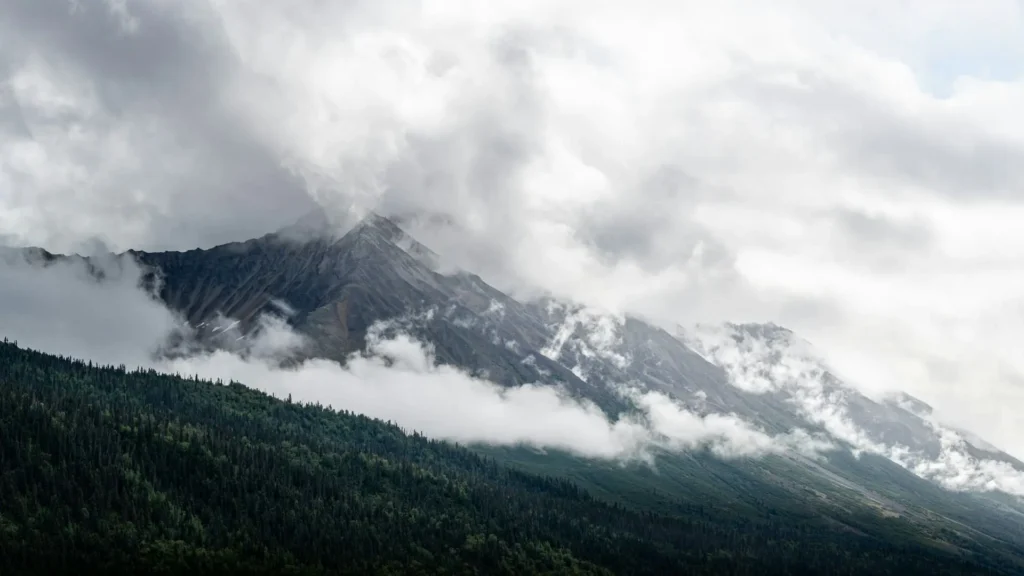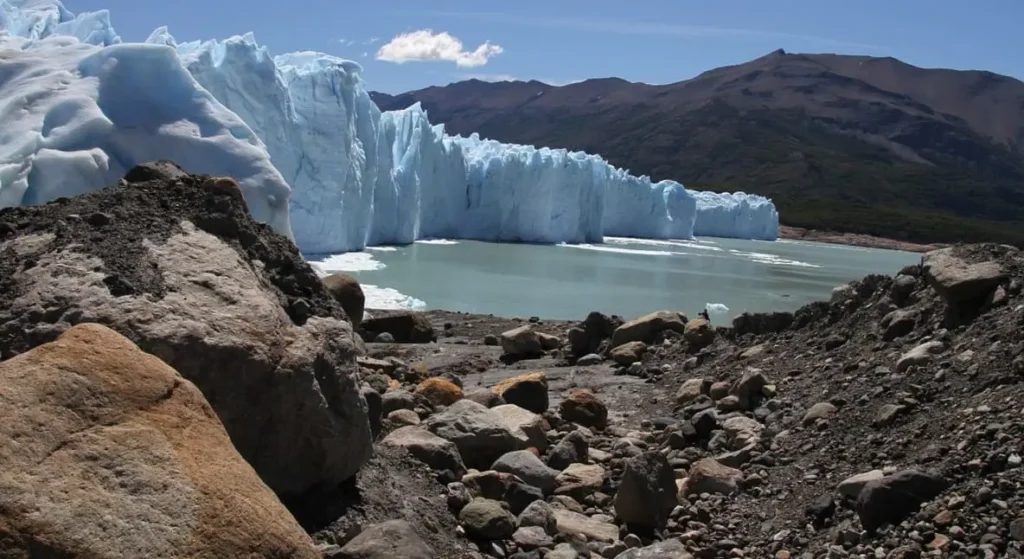Alaska is a land of vast natural beauty, and its national parks are some of the most stunning in the world. From towering mountains to icy glaciers, and diverse wildlife to pristine wilderness, Alaska’s national parks offer a truly unparalleled experience for nature lovers and adventure seekers.
In this article, we will take a deep dive into the best national parks in Alaska, exploring their unique features, must-see attractions, and tips for making the most of your visit. Whether you’re a hiker, wildlife enthusiast, or simply someone who appreciates the magnificence of the great outdoors, Alaska’s national parks have something extraordinary to offer. So, let’s embark on a journey to discover the unparalleled beauty and wonder of Alaska’s national parks.
1. Denali National Park and Preserve:

Denali National Park and Preserve is a crown jewel of Alaska, located approximately 240 miles north of Anchorage. The park spans over 6 million acres and is home to the tallest peak in North America, Denali, standing at a staggering 20,310 feet. The park’s rugged wilderness, awe-inspiring mountains, and abundant wildlife make it a must-visit destination for nature lovers.
The highlight of Denali National Park is, of course, the majestic Denali itself. Visitors can marvel at the snow-capped peaks, sweeping valleys, and pristine alpine tundra as they explore the park. The park is also teeming with wildlife, including grizzly bears, caribou, moose, wolves, and Dall sheep, offering ample opportunities for wildlife viewing and photography.
For those seeking adventure, Denali offers a plethora of activities to immerse oneself in the splendor of the park. Hiking enthusiasts can tackle a variety of trails, ranging from leisurely walks to challenging treks, all while soaking in the breathtaking vistas. Additionally, visitors can opt for bus tours that provide a comprehensive overview of the park’s landscapes and wildlife. To truly appreciate the park’s grandeur, a flightseeing tour offers a bird’s-eye view of Denali and its surrounding wilderness.
When planning a visit to Denali, the best time is typically during the summer months, from mid-May to mid-September, when the weather is milder, and the park is abuzz with wildlife activity. This window also allows for the most accessibility to the park’s interior, as some areas are only accessible by park-operated buses during this time.
2. Kenai Fjords alaska National Park:

Nestled on the southeastern coast of Alaska, Kenai Fjords National Park is a wonderland of icy fjords, towering glaciers, and abundant wildlife. The park is easily accessible from the charming town of Seward, making it a convenient stop for any Alaska itinerary.
One of the park’s most iconic features is the Harding Icefield, a sprawling expanse of ice that feeds 38 glaciers. The crown jewel of the park is the stunning Exit Glacier, where visitors can witness the raw power of glacial movement up close. The park’s rugged coastline is dotted with fjords, and the sight of massive icebergs calving into the ocean is simply awe-inspiring.
A must-do is a boat tour to witness the grandeur of the park’s glaciers and marine wildlife, including whales, sea lions, and puffins. Hiking enthusiasts can explore the park’s trails, with options for all skill levels. The Exit Glacier area provides opportunities for guided glacier hikes, allowing visitors to tread on ancient ice under the guidance of experienced rangers.
3. Wrangell-St. Elias National Park and Preserve:

Wrangell-St. Elias National Park and Preserve is a colossal expanse of wild beauty that’s not only the largest national park in Alaska but in the entire United States. Located in the eastern part of the state, this park is a sprawling paradise of untamed wilderness, towering mountains, and sprawling glaciers.
The park is home to some of the tallest peaks in North America, including Mount St. Elias, and offers a mesmerizing glimpse into the forces of nature that have shaped this rugged landscape over millennia. If you’re a fan of larger-than-life natural wonders, this is the place for you.
When it comes to activities, the options are as vast as the park itself. Hiking trails range from strolls to challenging treks, providing opportunities to witness the park’s diverse wildlife, including grizzly bears, caribou, and Dall sheep. For those craving an adrenaline rush, glacier trekking and ice climbing are popular choices, offering an up-close encounter with the park’s icy giants.
The best time to visit Wrangell-St. Elias is during the summer months, from June to August, when the weather is milder, and the days are long, allowing for extended exploration of this expansive wilderness.
4. Glacier Bay National Park and Preserve:

Glacier Bay National Park and Preserve, a stunning wilderness area, is located in southeastern Alaska, just west of Juneau. Spanning over 3.3 million acres, this park is a part of a larger UNESCO World Heritage Site that includes Wrangell-St. Elias, Kluane, and Tatshenshini-Alsek Parks. Glacier Bay is renowned for its dramatic landscapes, which feature towering glaciers, lush temperate rainforests, and rugged coastlines.
The best time to visit Glacier Bay is during the summer months, from late May to early September, when the weather is relatively mild, and the park’s services are fully operational. This period offers the most favorable conditions for wildlife viewing, boating, and hiking.
The main highlight of Glacier Bay National Park is, of course, its namesake – the glaciers. These massive rivers of ice are constantly moving and changing, creating a truly dynamic landscape. The most famous tidewater glaciers in the park are the Margerie Glacier and Grand Pacific Glacier, which are best viewed from a boat tour or cruise. The park is also home to an incredible array of wildlife, including humpback whales, sea lions, and bald eagles.
Visitors to Glacier Bay can take part in a variety of activities to immerse themselves in the park’s natural beauty. Boat tours are a popular way to get up close to the glaciers and witness the calving process, where chunks of ice break off and crash into the water. Hiking trails offer opportunities for exploration and wildlife spotting, and camping is available for those who want to experience the park’s pristine wilderness overnight.
5. Katmai National Park and Preserve:

Katmai National Park and Preserve, located in the southwestern part of Alaska, is a remote and wild expanse that encompasses over four million acres of diverse landscapes. Accessible primarily by plane or boat, Katmai offers a sense of isolation and pristine beauty that is hard to find elsewhere.
The optimal time to visit Katmai is from June to September when the weather is relatively mild, and the salmon runs attract an abundance of wildlife, particularly the iconic brown bears. During this period, the park’s services and accommodations are also fully operational.
One of Katmai’s most famous attractions is Brooks Falls, where visitors can witness the incredible spectacle of brown bears fishing for salmon. This is one of the best bear-watching spots in the world, and the sight of these majestic creatures in their natural habitat is truly unforgettable.
Another key attraction is the Valley of Ten Thousand Smokes. This surreal landscape, created by volcanic ash and pyroclastic flows, offers a unique glimpse into the aftermath of one of the largest volcanic eruptions of the 20th century. The valley’s stark beauty and geological significance make it a must-see for visitors to Katmai.
Brooks Camp, located near Brooks Falls, is a popular spot where raised platforms provide safe and unobstructed views of the bears as they fish for salmon. Rangers are on hand to offer guidance and ensure both visitors’ and bears’ safety.
Hiking is another fantastic way to explore Katmai. The park offers a variety of trails, ranging from easy walks to more challenging backcountry routes. The Dumpling Mountain Trail provides stunning panoramic views of the park, while the Brooks Falls Trail offers easy access to the famous bear-watching platforms.
Tips for Visiting Alaska’s National Parks:
- Plan Ahead: Due to their remote locations and sometimes unpredictable weather, it’s crucial to plan your trip well in advance. Make reservations for accommodations, tours, and transportation to ensure your visit goes smoothly.
- Dress in Layers: Alaskan weather can be highly variable, even in summer. Dressing in layers allows you to adjust to changing conditions, keeping you comfortable whether it’s warm and sunny or cool and rainy.
- Bear Safety: If you’re visiting parks like Katmai, where bears are common, familiarize yourself with bear safety protocols. Always carry bear spray, make noise while hiking, and follow the guidelines provided by park rangers.
- Leave No Trace: Alaska’s national parks are pristine, and it’s essential to keep them that way. Follow the Leave No Trace principles—pack out all trash, stay on designated trails, and respect wildlife and their habitats.
- Bring Binoculars and a Camera: Wildlife in Alaska can often be spotted from a distance, and the landscapes are incredibly photogenic. Binoculars and a good camera will enhance your experience and help you capture the memories.
- Stay Flexible: Weather and wildlife sightings can be unpredictable. Stay flexible with your plans to take full advantage of spontaneous opportunities for adventure and exploration.
- Guided Tours: Consider joining guided tours, especially if you’re new to the area. Guides can provide valuable insights, ensure your safety, and help you spot wildlife you might otherwise miss.
- Hydrate and Snack: Long days of hiking and exploring require energy. Carry plenty of water and high-energy snacks to keep yourself fueled throughout the day.
- Respect Local Cultures: Alaska is home to many Indigenous communities with rich cultural histories. Be respectful of their lands and traditions, and take the time to learn about their contributions to the region’s heritage.
- Check the Visitor Centers: Upon arrival, stop by the park’s visitor center for maps, current conditions, and expert advice from rangers. They can provide the most up-to-date information to help you make the most of your visit.
Conclusion:
Alaska’s national parks offer some of the most breathtaking and untouched natural landscapes in the world. From the towering peaks of Denali to the calving glaciers of Glacier Bay, and the bear-rich waters of Katmai, each park provides a unique window into the wild beauty of the Last Frontier. Whether you’re a seasoned adventurer or a casual nature enthusiast, Alaska’s national parks promise experiences that will stay with you for a lifetime. So, lace up your boots, grab your binoculars, and set out on an unforgettable journey through some of the most pristine wilderness areas on Earth.

